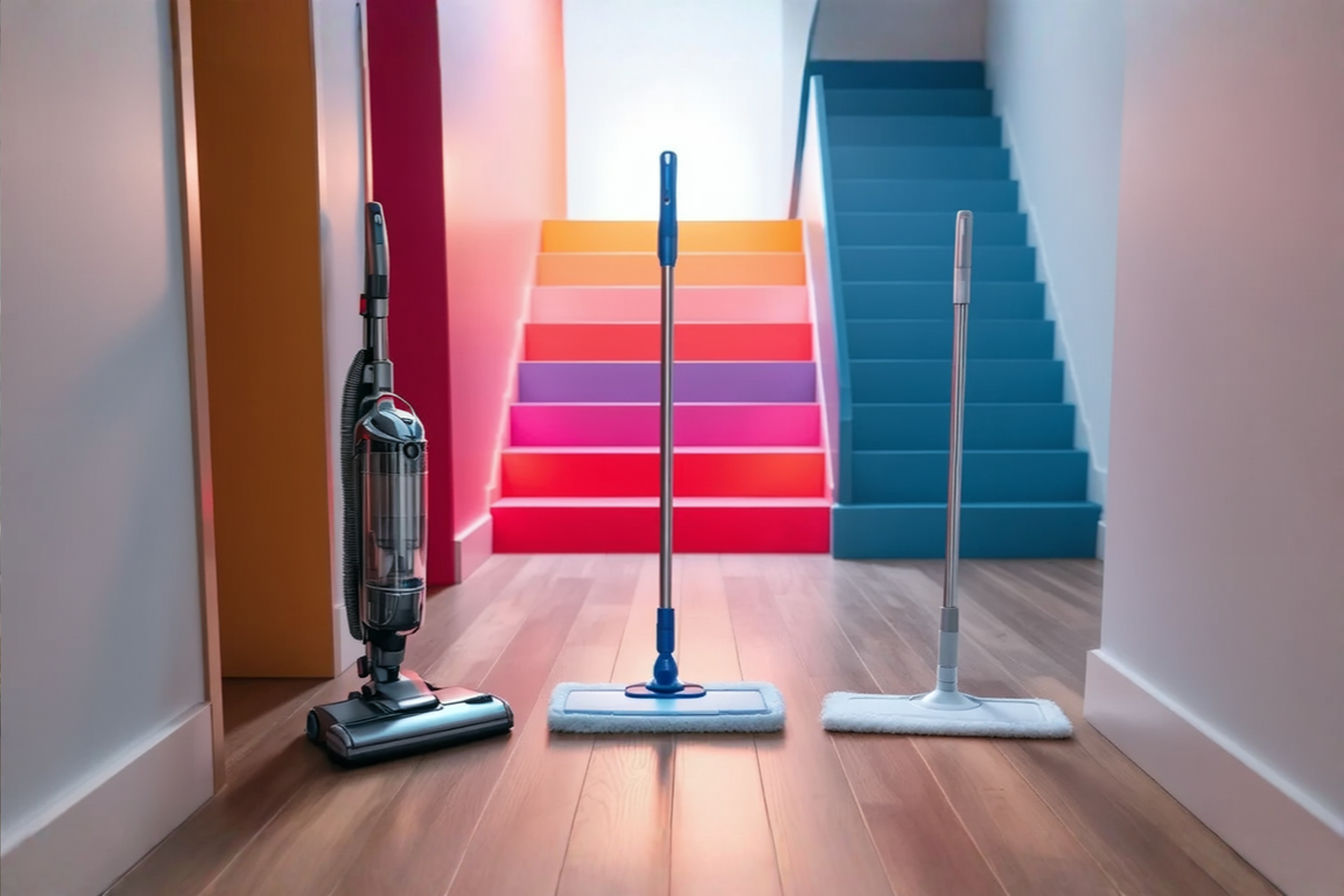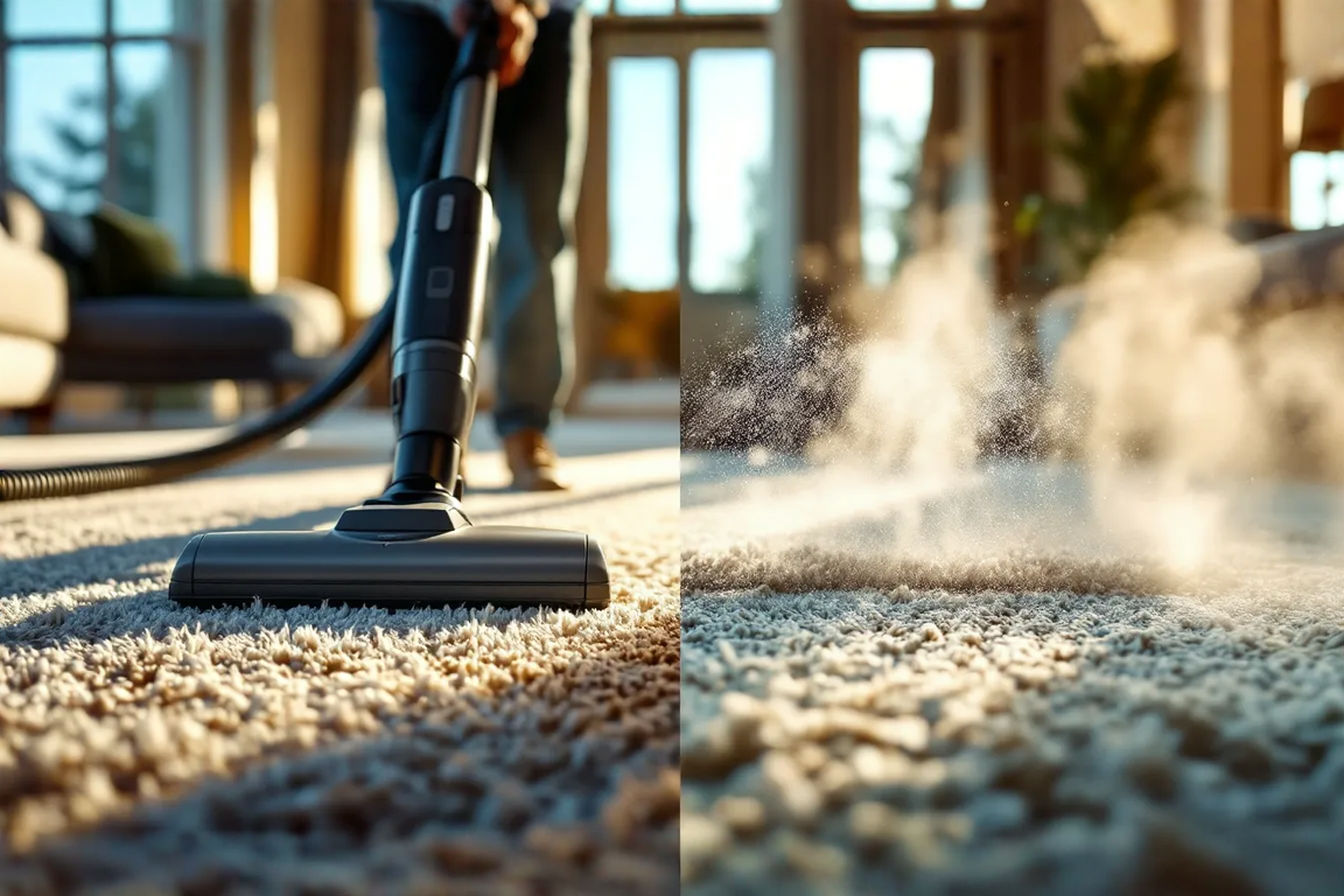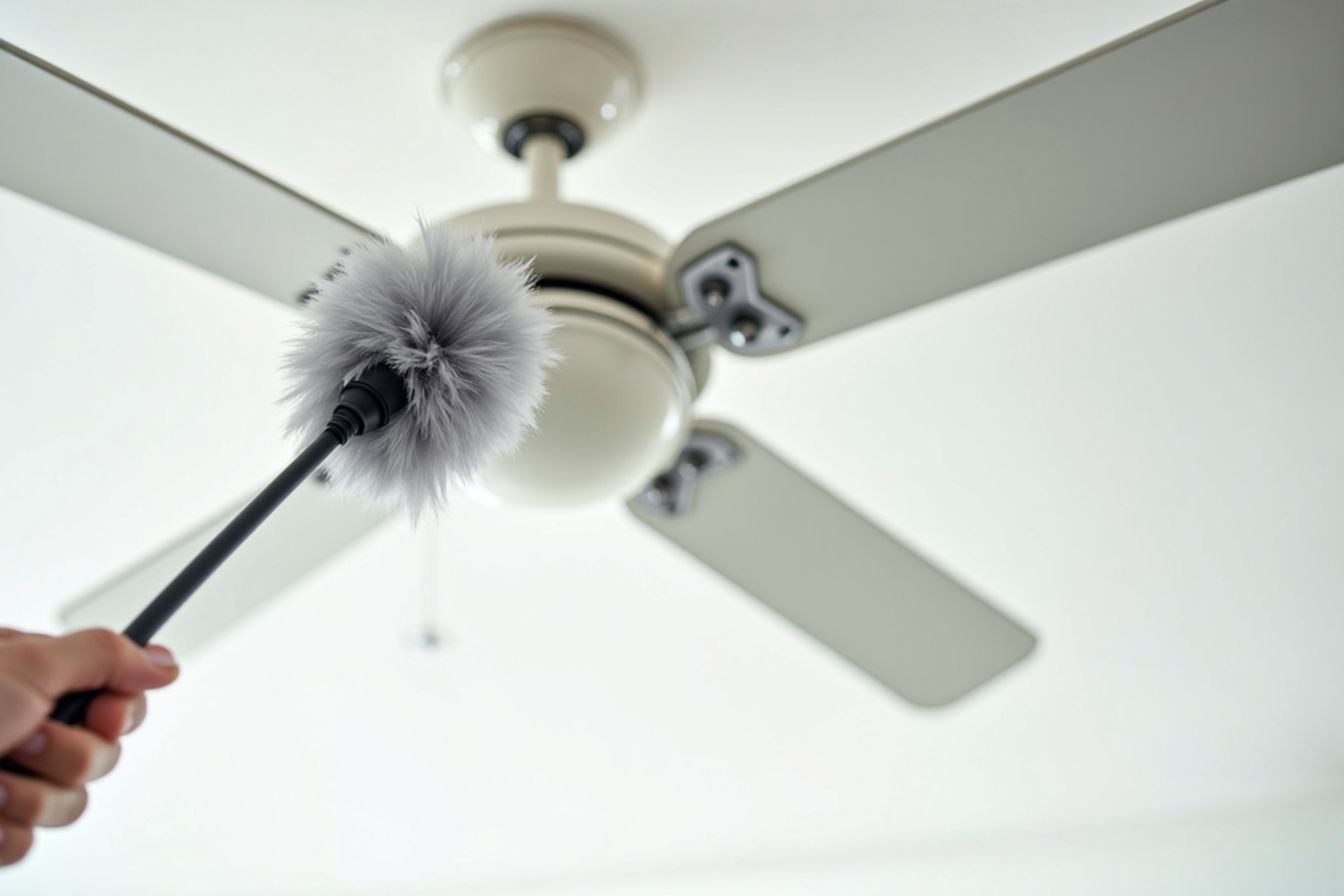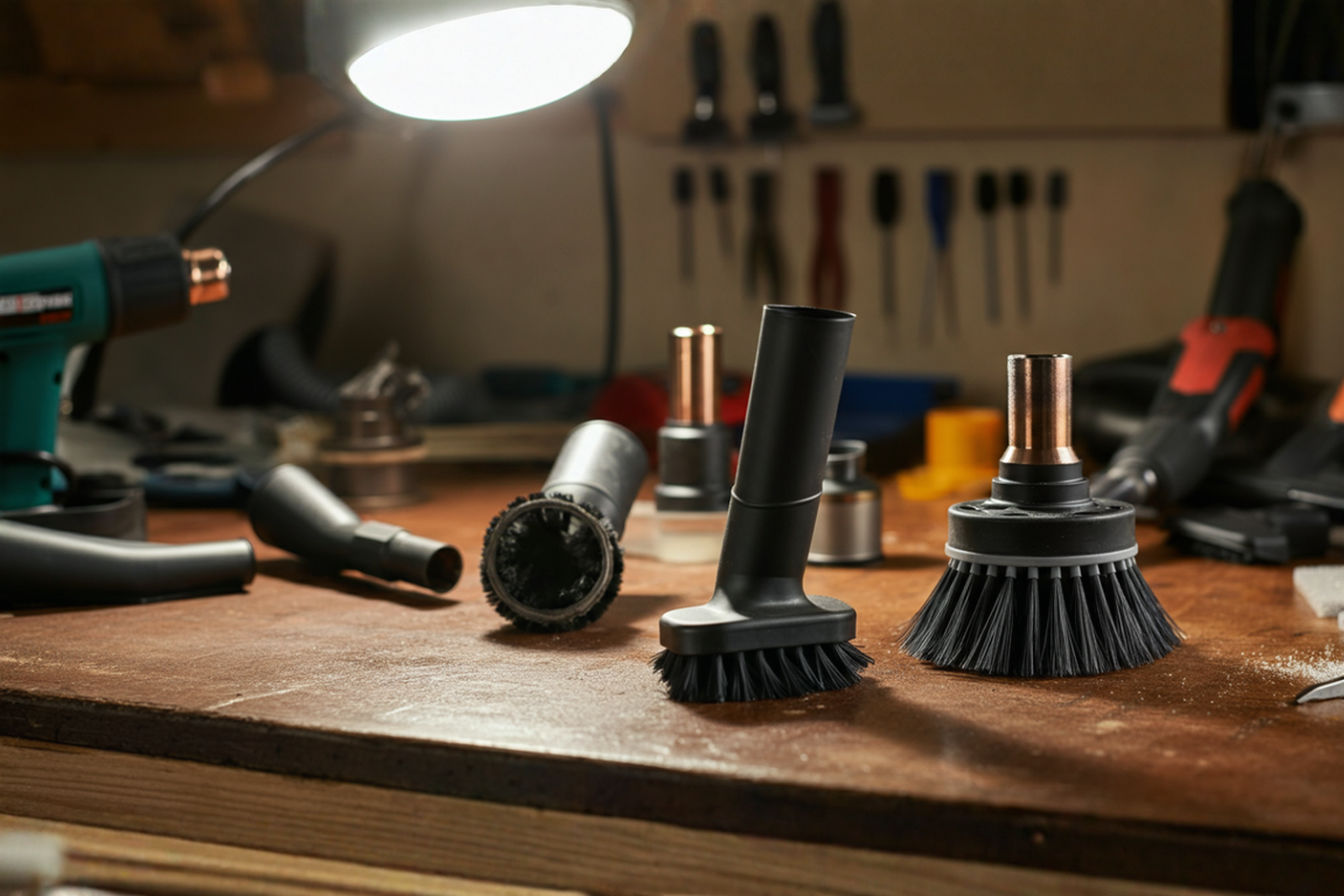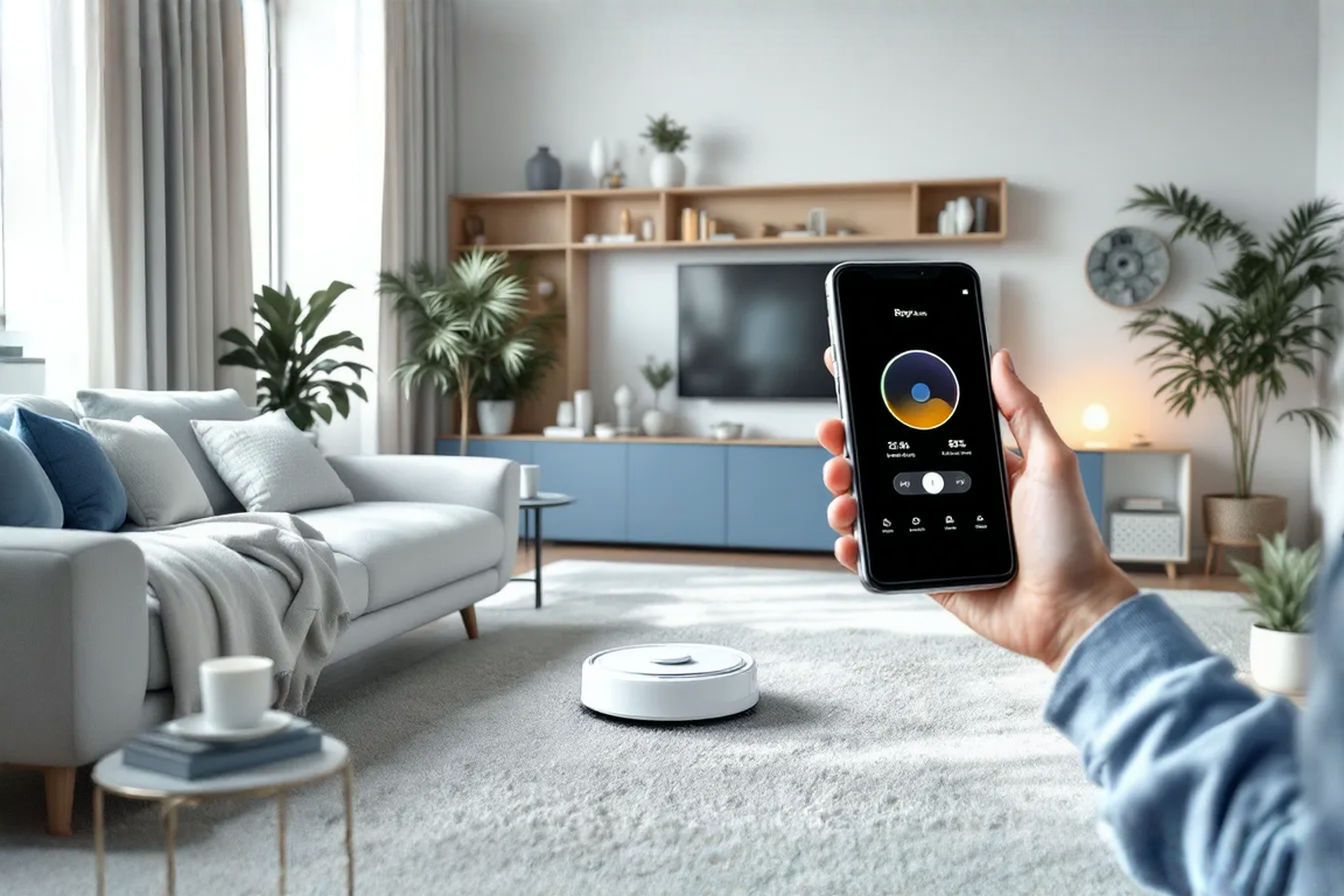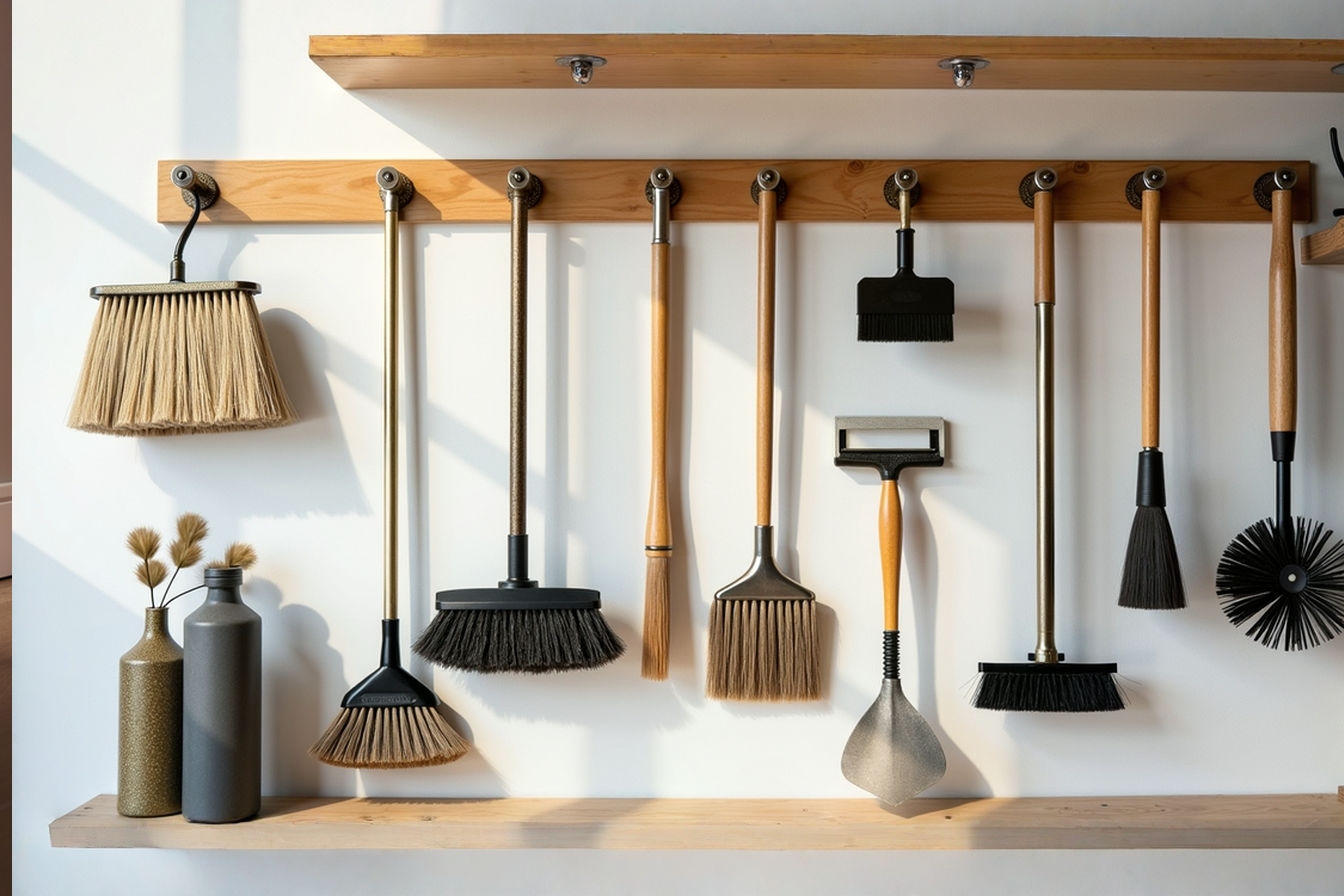Mop System Pairing: Finding the Perfect Wet Cleaning Complement to Your Vacuum
Is your vacuum working alone? Unlock the secret to pristine floors with the perfect mop-vacuum pairing. Transform your cleaning routine with expert combinations.
This post may contain affiliate links. If you make a purchase through these links, we may earn a commission at no additional cost to you.
When it comes to maintaining pristine floors, a vacuum alone often can’t tackle every cleaning challenge. Pairing the right mop system with your vacuum creates a dynamic duo that addresses both dry debris and wet messes effectively. This comprehensive guide helps you navigate the world of wet cleaning solutions to find the perfect complement to your existing vacuum setup.
Modern homes feature diverse flooring materials, from hardwood and laminate to tile and sealed concrete. Each surface requires specific care, making the selection of compatible cleaning tools crucial for maintaining floor longevity and appearance. Understanding how different mop systems work with various vacuum types ensures you achieve professional-level results at home.
Understanding Your Vacuum Type and Floor Requirements
Analyzing Your Current Setup
Before diving into mop system options, assess your existing vacuum’s capabilities. Upright vacuums excel at carpet cleaning but may struggle with hard floors, while canister models often provide better versatility. Robot vacuums offer automated convenience but limit your wet cleaning approach based on their path patterns and scheduling.
The type of floors in your home significantly influences your mop system choice. Hardwood floors demand gentler methods that prevent water damage, while tile and vinyl can withstand more aggressive wet cleaning approaches. High-traffic areas benefit from systems that can handle frequent use without degrading floor finish or causing wear.
Types of Mop Systems: Finding Your Ideal Match
Navigating the Modern Mop Marketplace
Today’s mop market offers options far beyond traditional string mops. Microfiber flat mops deliver streak-free cleaning while protecting delicate surfaces. Steam mops provide sanitizing power through high-temperature vapor, perfect for homes with allergy concerns. Spray mops combine convenience with controlled moisture, ideal for quick spot cleaning between deeper cleaning sessions.
Each mop type brings unique advantages when paired with specific vacuum systems. Understanding these pairings helps create an efficient cleaning routine that maximizes both time and results. The key lies in selecting systems that complement rather than duplicate each other’s capabilities.
Microfiber Mops: The Versatile Companion
The Universal Floor Care Solution
Microfiber mops stand out as the most adaptable wet cleaning tool, working well with virtually any vacuum system. Their flat design allows them to glide smoothly under furniture where bulky vacuums can’t reach. The superior absorption properties of microfiber cloths pick up fine particles missed by vacuuming, making them perfect for finishing your cleaning routine.
For homes with multiple floor types, microfiber systems offer the flexibility to change pad types based on surface requirements. Soft microfiber pads protect delicate hardwood finishes, while scrubbing pads tackle textured tile surfaces effectively. This versatility means you can maintain consistent cleaning performance across your entire home using one mop frame with interchangeable pads.
Steam Mops: When Heat Meets Suction Power
Combining Sanitation with Deep Cleaning
Steam mops represent a powerful wet cleaning option that pairs exceptionally well with HEPA vacuum systems. The high-temperature steam sanitizes floors without chemicals, complementing the allergen removal capabilities of premium vacuums. This combination proves particularly effective in homes with pets or allergy sufferers who need both thorough particle removal and germ elimination.
However, steam mops require specific considerations regarding floor compatibility. While excellent for sealed tile and vinyl, they can damage unsealed hardwood or laminate flooring. Understanding your floor’s tolerance for heat and moisture helps prevent damage while maximizing the sanitizing benefits of steam cleaning.
Spray Mops: Quick Cleaning Solutions
Bridging the Gap Between Vacuum and Deep Clean
Spray mops occupy a unique position in floor care, offering controlled moisture application that complements regular vacuuming perfectly. These systems use refillable solution tanks to deliver precise amounts of cleaning fluid, preventing the oversaturation risks associated with traditional wet mopping methods.
The convenience factor makes spray mops ideal companions for stick vacuums or robot vacuum systems. Quick touch-ups become effortless, allowing you to address spills or sticky spots immediately after your regular vacuum routine. The built-in spray mechanism eliminates bucket preparation, streamlining your cleaning process significantly.
Traditional String Mops: When and Where They Still Excel
Legacy Tools with Modern Applications
Despite technological advances, traditional string mops maintain their place in comprehensive floor care systems. Their ability to hold large amounts of water makes them perfect for deep cleaning heavily soiled areas that dry vacuuming can’t address effectively. Pairing string mops with shop vacuums creates a powerful combination for garage or basement floors where heavy-duty cleaning is required.
Cotton string mops excel at reaching irregular surfaces like textured tile or uneven concrete. Their fibrous strands conform to surface irregularities better than flat mops, ensuring thorough cleaning in challenging areas. While not suitable for all floor types, they remain valuable tools for specific cleaning scenarios.
Robotic Mop Systems: Automated Wet Cleaning
The Future of Floor Maintenance
Robotic mops represent the cutting edge of wet cleaning technology, offering automated cleaning that complements both manual and robotic vacuum systems. These devices typically feature water tanks and cleaning pads that methodically cover floor surfaces, providing consistent cleaning without manual effort.
When paired with robot vacuums, automated mop systems create a completely hands-free floor maintenance solution. Scheduling considerations become crucial, as these systems work best when operated sequentially rather than simultaneously. Understanding the navigation patterns of both devices ensures complete coverage without interference.
Creating the Perfect Cleaning Schedule
Optimizing Your Dual System Approach
Establishing an effective cleaning routine maximizes the benefits of your combined vacuum and mop system. For most households, vacuuming should precede mopping to remove loose debris before wet cleaning. High-traffic areas benefit from frequent light mopping after vacuum passes, while deep cleaning can occur weekly or biweekly depending on usage patterns.
Different floor types require varied cleaning frequencies. Hardwood floors perform best with weekly vacuuming and monthly damp mopping, while tile floors can handle more frequent wet cleaning. Creating a zone-based schedule allows you to address specific area needs without over-cleaning or neglecting certain spaces.
Floor Type Considerations: From Hardwood to Tile
Tailoring Your Approach to Surface Requirements
Each flooring material demands specific care considerations when selecting a mop system complement. Hardwood floors require minimal moisture and gentle cleaning action, making microfiber or spray mops ideal partners for canister vacuums with soft bristle attachments. Laminate surfaces need similar caution with moisture control to prevent warping or edge swelling.
Tile and stone floors handle more aggressive wet cleaning methods, allowing steam mops or traditional wet mopping after thorough vacuuming. Textured tiles benefit from mop systems with scrubbing capabilities that dislodge trapped dirt from surface irregularities. Understanding your floor’s specific requirements ensures long-term beauty and durability through proper maintenance practices.
Space and Storage Solutions for Dual Systems
Managing Multiple Cleaning Tools Efficiently
Housing both vacuum and mop systems requires thoughtful storage planning. Wall-mounted solutions save floor space while keeping tools accessible. Consider dedicated cleaning closets that accommodate both systems along with their accessories and supplies. Modular storage systems allow you to customize organization based on your specific tool collection.
Smaller living spaces demand compact or multi-functional tools. Collapsible mop handles and folding vacuum bodies minimize storage footprint without sacrificing cleaning effectiveness. Some manufacturers offer universal mounting systems that work with various brands, simplifying organization across different product lines.
Budget Considerations: Getting the Most Value
Investing Wisely in Floor Care Technology
Building a comprehensive floor cleaning system involves balancing cost against effectiveness. Entry-level mop systems start at modest price points but may lack features that enhance cleaning efficiency. Mid-range options offer advanced capabilities like adjustable spray patterns or swivel heads that improve cleaning performance significantly.
Premium systems command higher prices but deliver professional-grade results through sophisticated technology. Consider the long-term value proposition when selecting components for your cleaning arsenal. Higher quality tools often provide better durability and more effective cleaning, potentially saving money through reduced replacement frequency and floor maintenance costs.
Maintenance Tips for Your Combined System
Preserving Performance Through Proper Care
Maintaining your vacuum and mop system ensures consistent cleaning performance over time. Regular filter changes in vacuum systems prevent suction loss that could affect subsequent wet cleaning effectiveness. Mop pads require proper washing and drying to prevent bacterial growth or degradation that impacts cleaning ability.
Storage conditions affect tool longevity significantly. Keeping systems in climate-controlled areas prevents damage from temperature extremes or humidity. Proper component cleaning after each use prevents buildup that could reduce effectiveness or damage floor surfaces during future cleaning sessions.
Making Your Final Selection
Choosing the Perfect Pairing for Your Home
Selecting the ideal mop system to complement your vacuum involves evaluating multiple factors simultaneously. Consider your primary floor types, cleaning frequency requirements, and storage capabilities alongside budget constraints. The best partnerships leverage each tool’s strengths while compensating for individual limitations.
Test different combinations when possible to find what works best for your specific needs. Many retailers offer satisfaction guarantees that allow practical evaluation before committing to a particular system. Remember that the perfect pairing creates an efficient cleaning routine that maintains beautiful floors with minimal effort and time investment.

